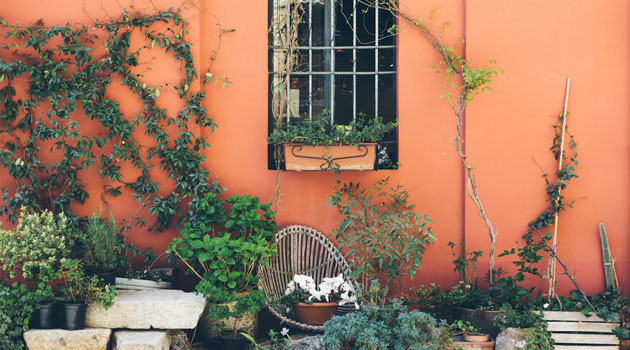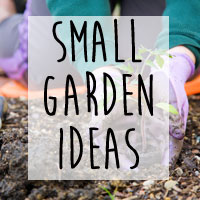Does Israel want full scale war in the Middle East?

Garden design

In these stressful times, it's easy to feel preoccupied. But the simple pleasures of milder days and lighter evenings shouldn't be forgotten. The therapeutic powers of gardening are well documented on Gransnet, so while we're all at a loose end, why not try out garden design? For some, colourful flowers and neat rows of vegetables are the main focus, for others, it's a perfect lawn with decorative statues and ornaments. However you imagine your ideal garden, here are some design ideas to get you started...
How to design a garden
What image and atmosphere do you envisage for your garden? Does it feel like a secret hiding place, a field, the edge of a water meadow or even a wooded glade? Once you have this image in mind, stick with it throughout the design and emphasise its quality.

Unity, style and detailing
Good gardens have a clear narrative thread running through them which links their different parts, thus bestowing a sense of harmony and well-being. The way to achieve this is to commit yourself to a single idea of what you want your garden to be: for instance, a modern contemporary garden, a cottage garden or a busy, exciting, sensory garden. Within this overarching concept you can then have variations, for example, garden rooms separated by hedging, a water garden or a gravel garden.
Having one element of asymmetry or symmetry repeated throughout the entire space, will make the garden feel more unified. The detail is accomplished by using the same materials or architectural shapes as those in the buildings surrounding the garden. Recreate a detail on the house such as the roof line, shapes of windows and patterns of brickwork using plants, through the layout of the garden or using structures such as pergolas.
Balance and simplicity
The main aim is to achieve a good mix of voids and solids through the entire space. This requires you to look at your garden critically from different angles. A black and white photograph of the garden will help the process.
The golden rule of designing is to keep it simple for a sense of calm. Limit the different materials and colours used to a maximum of three items and reduce your planting palette. Initially choose all your favourite plants when designing a border but then, to achieve the boldest (and most aesthetically pleasing) effect, reduce the list to just seven hard-working plants.

Scale, rhythm and focal points
The most brilliant visual elegance is achieved in art by the use of "the golden section" and is summarised as the rule of the thirds. Working out ways to divide a space up into three equal areas on both the horizontal and vertical plane will aid decisions on where to place elements of the garden such as the features, paths and rooms of the garden.
Patterns in the landscape give a satisfactory feel. Examples of this are patterns in paving and regular repetition of plants and their shapes and forms, such as columns, balls and flat horizontals.
Focal points give an eye-catching moment to a garden. They will draw the attention, give you a series of elements that guide you through a garden and can also detract from less attractive objects. A well-placed planter, statue or pergola are all good examples.
If you're getting the garden ready for the new season (or for a new shed), pick up tips on everything from bulbs to blossoms on the home and garden index, or chat about your green thumb in the gardening forum. Perhaps you need some help with the heavy duty gardening work - why not consider hiring a gardener?
Images: Shutterstock

